In Medieval times, if you needed a haircut and leg removed, there was only one person to turn to: the Barber Surgeon! We have a look at this thankfully lost profession.
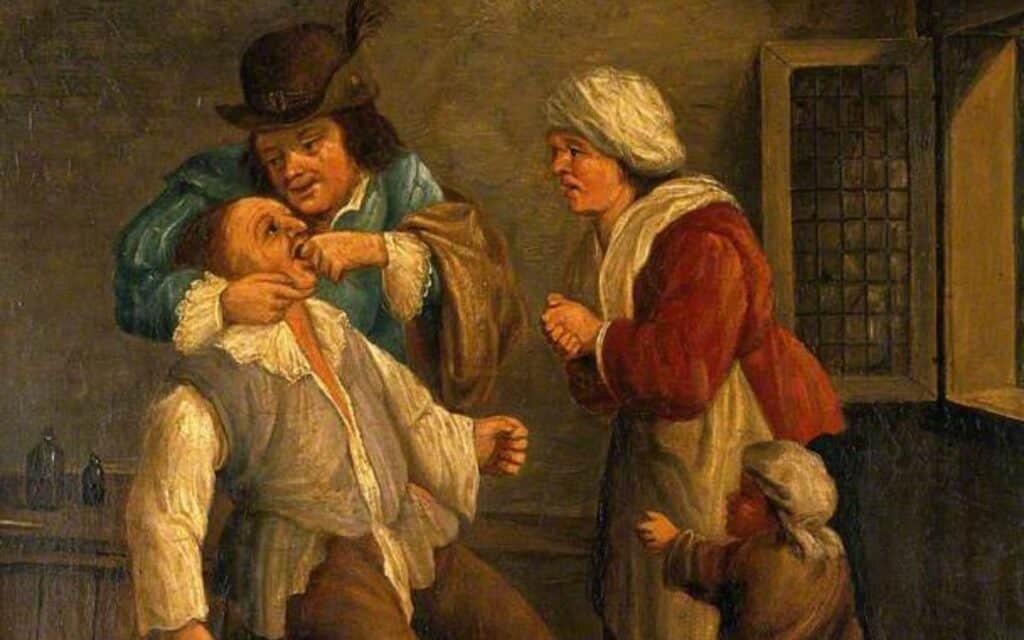
In the shadowy alleyways of medieval Europe, a different kind of barber roamed the streets. These barber surgeons were skilled practitioners of two trades – hair cutting and surgery.
Their shops were marked by the ominous sight of a striped pole, a warning to those who dared to venture inside
Although their practices were crude and unsanitary by modern standards, barber surgeons were the go-to for a wide range of medical services. From amputations to bloodletting, they offered treatments for all kinds of ailments.
But the results of their treatments were often gruesome, and patients were left writhing in pain or even worse.
Bloodletting was one of the most common procedures performed by barber surgeons. To achieve “balance” and restore health, they would slice into a patient’s veins to remove what they considered “excess” blood.
Dangers of visiting a Barber Surgeon
This was not just painful, but often deadly. Patients could bleed to death, or fall victim to infection from unclean tools.
But the bloodletting was just the tip of the iceberg. Barber surgeons were also known for performing more complex surgeries, such as amputations and dental extractions.
Without anaesthesia or antiseptics, these procedures were excruciating and often resulted in a high mortality rate. In the hands of the barber surgeon, an amputation was just as likely to be a death sentence as a cure.
Despite their gruesome practices, barber surgeons held a certain prestige in their communities.
They were respected for their skills, and their trade was considered an important one.
However, as medical knowledge advanced and specialisation became more common, the profession of barber surgeon eventually faded away.
But in their heyday, these are the kind of services offered by your neighbourhood barber surgeon:
- Bloodletting: This was a common medical treatment at the time, and barber surgeons were skilled at using a variety of tools to puncture veins and drain blood. This was believed to help balance the body’s humors and treat a variety of ailments.
- Tooth extraction: Barber surgeons were also trained to extract teeth using forceps, elevators, and other tools. They would often advertise this service by displaying a large tooth outside their shop.
- Wound treatment: Barber surgeons were often called upon to treat wounds, both minor and major. They would clean and dress the wound, and in some cases, perform surgical procedures to repair it.
- Amputation: In cases where a limb was badly injured or infected, barber surgeons were sometimes called upon to perform an amputation.
- Setting bones: Barber surgeons were also skilled at setting broken bones and treating other types of musculoskeletal injuries.
- Hair cutting and styling: As barbers, they also provided haircuts, shaves, and other grooming services.
In the 18th and 19th centuries, the use of barber surgeons began to decline across Europe.
The French government even prohibited barbers from performing surgical procedures in 1745, which had a significant impact on the profession.
In England, the British Medical Association lobbied for the prohibition of the barber surgeon trade in the 19th century. By the end of the century, the use of barber surgeons had all but disappeared.
Today, barbershops are a far cry from their medieval counterparts. Instead of blood-soaked floors and excruciating procedures, they offer relaxing haircuts and pampering treatments.
But the legacy of the barber surgeon lives on, serving as a chilling reminder of the horrors of early medical practices.

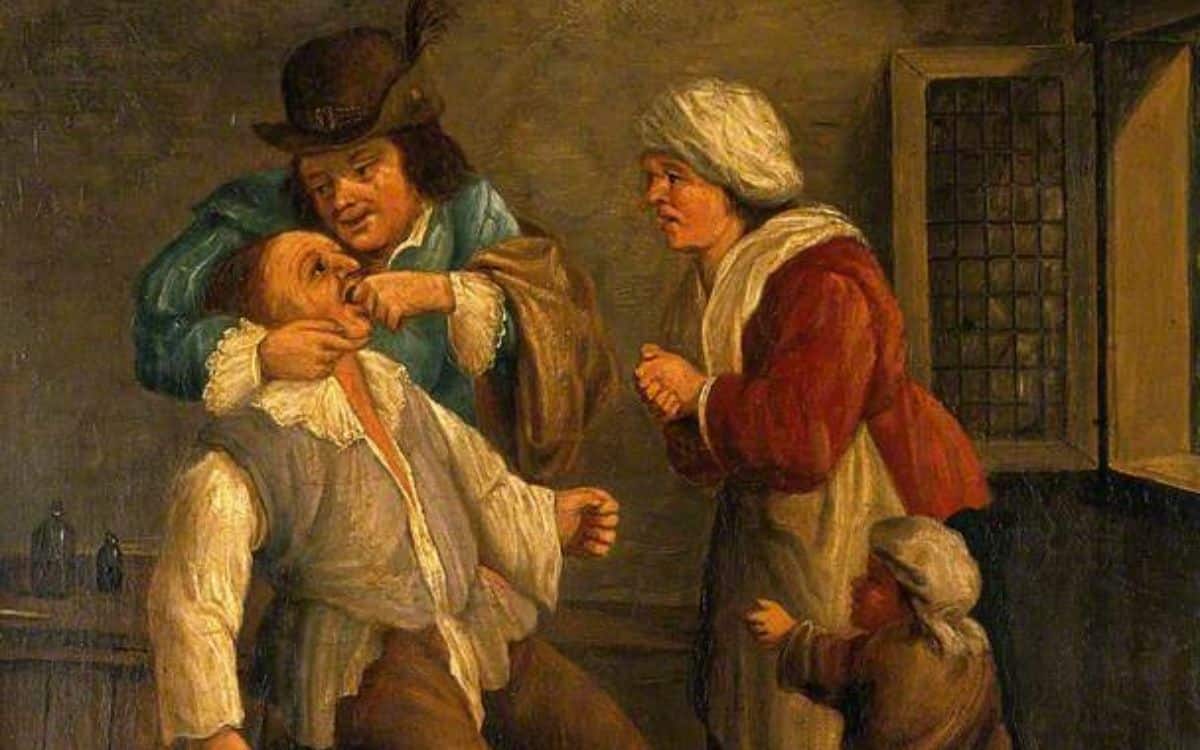


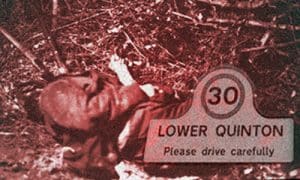
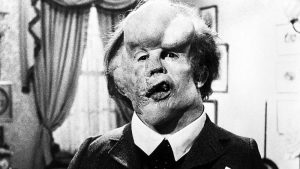
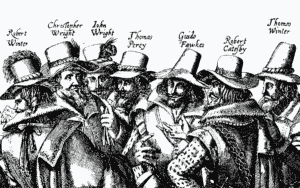

Barber surgeons couldn’t call themselves “Doctor” as they didn’t have a medical degree, so they were just plain “Mister”. It is for this reason that, even today, surgeons are referred to as “Misterr” rather than “Doctor”.